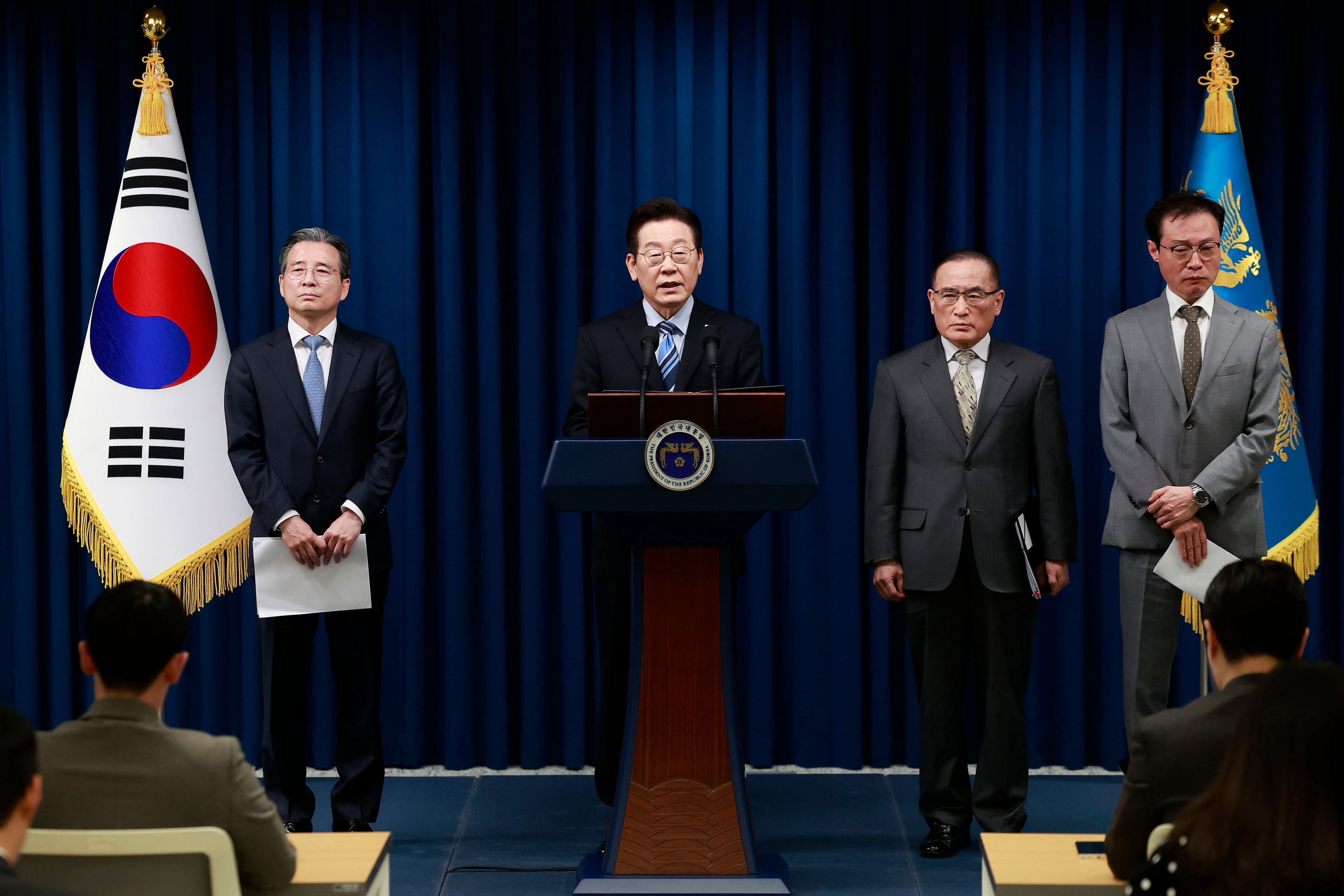
Key Developments from the Korea-U.S. Summit
South Korea and the United States have released a joint fact sheet outlining significant trade and security agreements that were discussed during their recent summit. The document highlights several strategic initiatives aimed at strengthening the bilateral relationship, including South Korea’s plans for constructing a nuclear-powered submarine and accelerating the transfer of wartime operational control (OPCON).
President Lee Jae-myung emphasized that this agreement marks a new phase in the Korea-U.S. alliance, describing it as a “future-oriented strategic comprehensive alliance.” He noted that the two nations have agreed to jointly pursue the construction of a nuclear-powered submarine, which has been a long-standing goal for South Korea. This initiative is seen as a crucial strategic asset for maintaining peace and stability on the Korean Peninsula.
In addition to the submarine project, the fact sheet also mentions the U.S. government’s support for expanding South Korea’s uranium enrichment and spent nuclear fuel reprocessing rights. The document explicitly states that the U.S. has approved South Korea’s construction of a nuclear-powered submarine and supports procedures that will lead to uranium enrichment and spent nuclear fuel reprocessing.
However, several unresolved issues remain. These include the selection of a construction site and method for the submarine, as well as amendments to the Korea-U.S. Atomic Energy Agreement, which are essential for spent nuclear fuel reprocessing. National Security Adviser Wi Sung-lac acknowledged that many discussions will be required moving forward.
Commitment to Denuclearization
Through the fact sheet, both nations reaffirmed their commitment to the complete denuclearization of North Korea. They rejected North Korean leader Kim Jong-un’s call for “talks without denuclearization” and upheld the principle of denuclearization. This stance underscores the importance of a peaceful resolution to the ongoing tensions on the Korean Peninsula.
Modernizing the Alliance
The fact sheet also outlines South Korea’s plans to modernize the alliance by increasing defense spending to 3.5% of GDP and purchasing US$25 billion worth of U.S. weapons by 2030. Additionally, it announced comprehensive support worth US$33 billion over 10 years for U.S. forces stationed in South Korea.
On the same day, the South Korean and U.S. defense ministries released a joint statement from the Security Consultative Meeting (SCM) held by the defense ministers of both nations. Both the fact sheet and the SCM statement emphasized “accelerating efforts” toward OPCON transition and “strengthening the U.S. conventional deterrence posture against all regional threats.”
With the OPCON transition likely to occur within President Lee’s term, South Korean forces are expected to lead defense against North Korea, while U.S. forces in South Korea may adjust their scale and composition to expand strategic flexibility for countering China.
Strategic Implications
The agreements and statements released by South Korea and the United States reflect a broader strategic vision for the region. By enhancing military cooperation and addressing key security concerns, both nations aim to ensure stability and security in East Asia. The focus on nuclear capabilities and defense modernization highlights the evolving nature of the alliance and its role in addressing emerging challenges.
These developments underscore the importance of continued dialogue and collaboration between South Korea and the United States. As they move forward with these initiatives, the success of the alliance will depend on effective implementation and sustained commitment to shared goals.